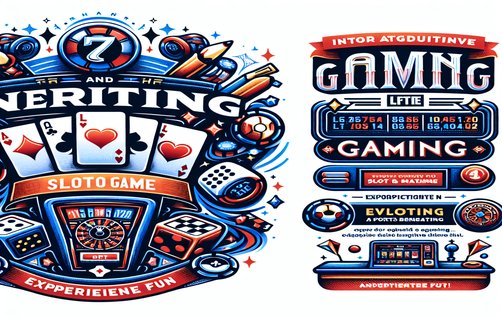Milan Star Line: A Deep Dive into Game Design, Regulations, and Betting Strategies

The Milan Star Line has captured the attention of gaming enthusiasts with its unique blend of engaging animations, thrilling multiplier jackpots, and accessible minimum deposits. In the ever-evolving landscape of online gambling, it's vital to employ designer's thinking to analyze not just the game itself but also the framework surrounding it.
Game Animations serve as the first touchpoint for players, setting the tone for their entire experience. The use of vibrant colors, fluid transitions, and visually enticing elements can significantly enhance player immersion. In the case of Milan Star Line, animations are crafted to align with the themes and narratives present in the game, creating a cohesive experience that draws players in. Analyzing these elements through a designer's lens allows us to appreciate how they engage players, generate excitement, and maintain their interest throughout gameplay.
Moving onto multiplier jackpots, this feature acts as the hook that entices players to continue playing. Multiplier jackpots can significantly boost a player's winnings, transforming a standard experience into an exhilarating one. However, understanding the mechanics behind these jackpots is essential. From a designer's standpoint, one must consider not only the mathematical probabilities of winning but also how these multipliers can be seamlessly integrated into game mechanics and narratives. This integration can enhance emotional engagement and create memorable moments for the player.
When considering minimum deposits, we step into the realm of accessibility. The mandate for a lower entry point can democratize access to gaming experiences, allowing a broader audience to engage with Milan Star Line. This consideration is critical for a successful game design and marketing strategy. The designer must ponder the balance between attracting new players with low barriers to entry and maintaining profitability. An appropriate minimum deposit level can foster a thriving community while ensuring the game's longevity.

Next, we delve into the realm of analytical thinking as it applies to game strategy. Players can adopt various techniques to assess risks, weigh potential payouts, and decide when to engage or withdraw. A well-designed game facilitates this by providing clear statistics and feedback. Understanding player psychology is imperative here, and designers must create environments that not only challenge players but also empower them to make informed decisions, enhancing their overall experience.
Donk betting, a term often associated with casual online gambling players who bet recklessly, poses an interesting case study. This behavior can heavily influence the dynamics of games like Milan Star Line. Understanding the motivations behind donk betting—from seeking thrills to potential fear of loss—can inform designers on how to implement features that might mitigate negative outcomes while still catering to the thrill-seeking players. Strategies such as responsible gambling features or educational components within the game can help balance this aspect.
With the rise of online gaming platforms, EU gambling regulations play a crucial role in shaping game design. Regulations often dictate everything from age verification processes to payout percentages. Designers must not only craft enjoyable experiences but also remain compliant with legal standards. This compliance can affect various aspects of gameplay, and addressing these regulations during the initial design phase can streamline operations and foster player trust.
Lastly, the issue of gambling-related arrests raises critical considerations. The perception of gambling in society directly impacts player engagement and game reception. Designers and operators must take a proactive stance in promoting responsible gambling, possibly through in-game messaging that encourages moderation or partnerships with organizations that support responsible gaming initiatives. Understanding the social implications of gambling can enhance the game’s social responsibility and attract a conscientious audience.
In conclusion, analyzing Milan Star Line through the multidisciplinary lens of designer's thinking unveils complexities that surpass mere gameplay metrics. By evaluating game animations, jackpot structures, accessibility, player decision-making, betting behavior, regulatory environments, and societal perceptions, we gain a holistic understanding of the game’s impact. Such an analysis ensures that design strategies not only enhance player engagement but also promote a sustainable and responsible gaming culture.
